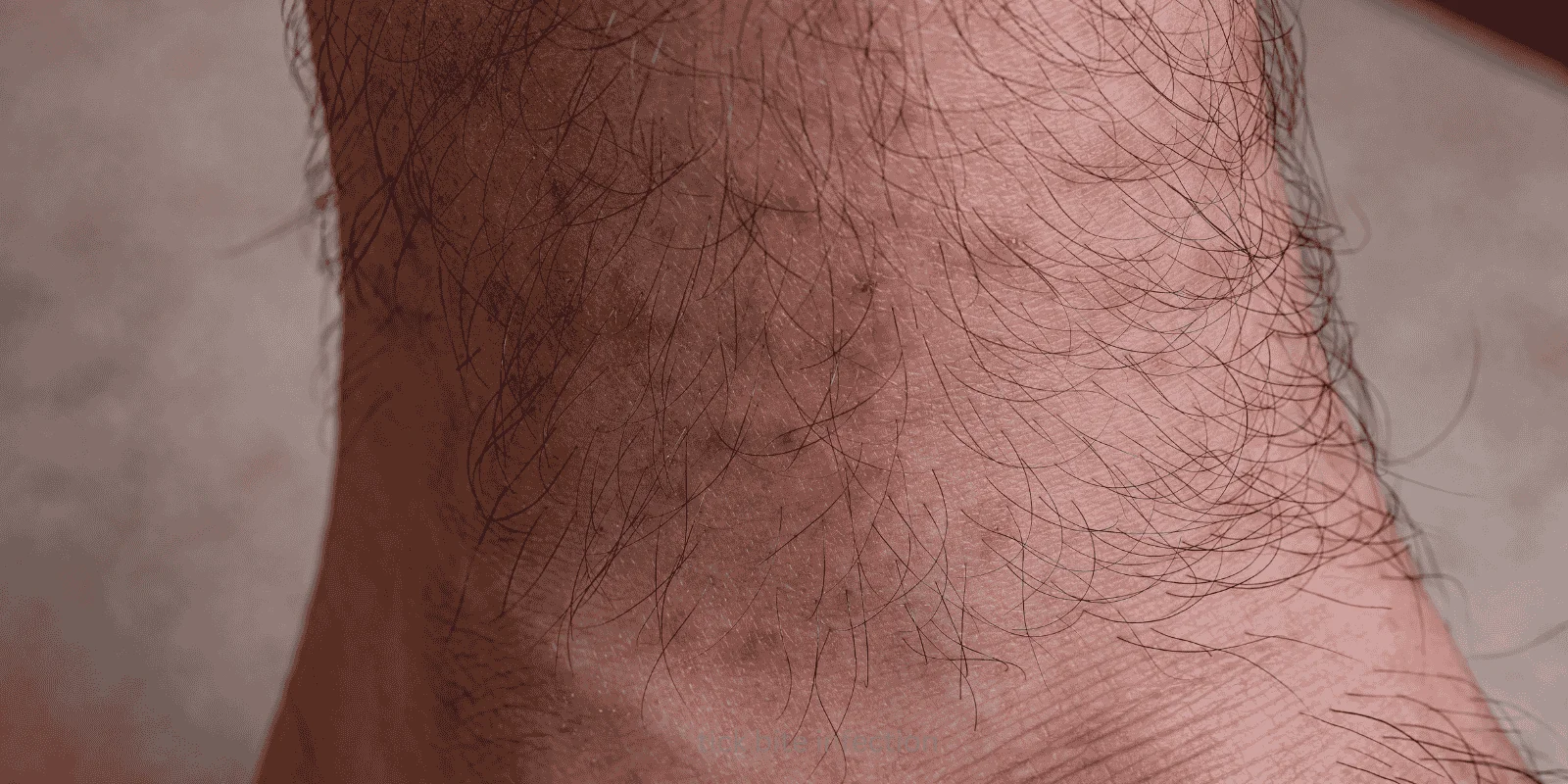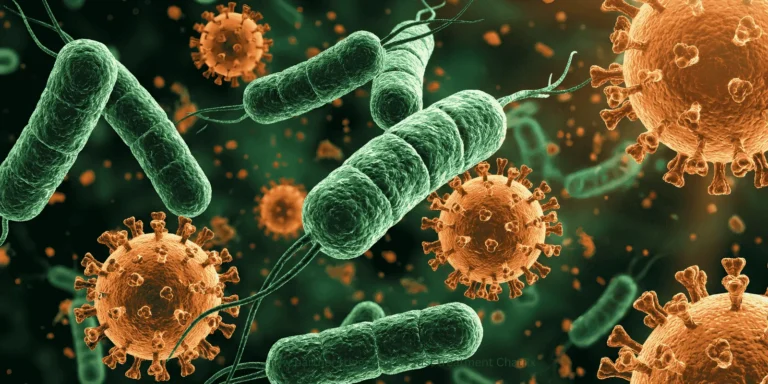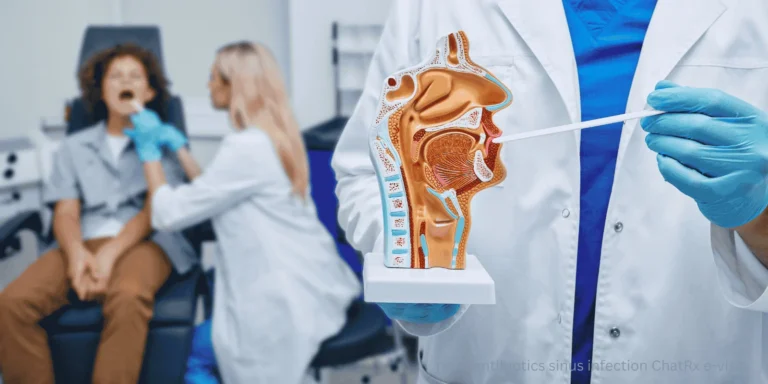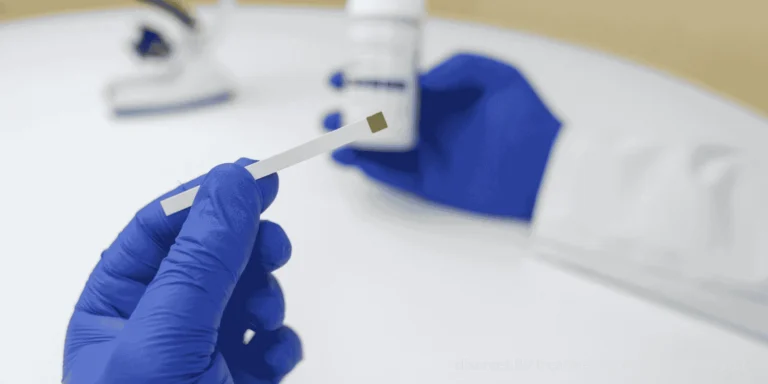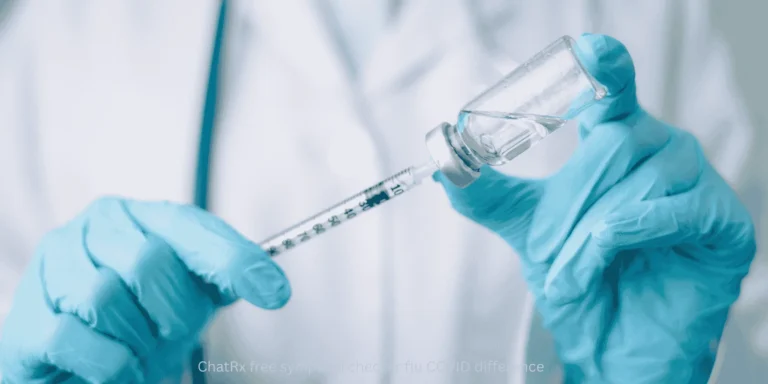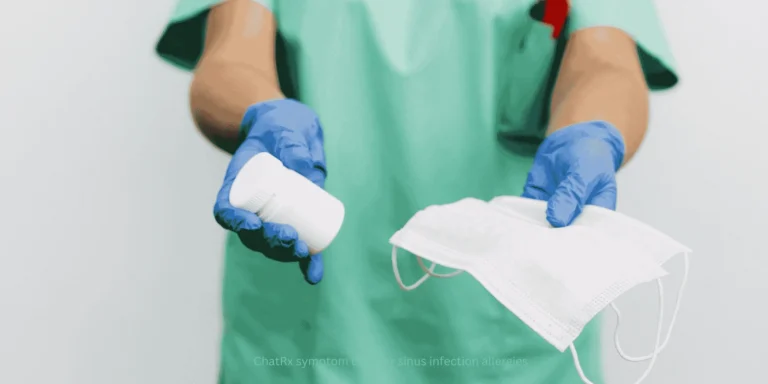“I found a tick on my daughter three days ago,” a panicked father called my office. “She has a rash now. Is this Lyme disease?”
Tick-borne infections create enormous anxiety for parents, but knowing what to watch for — and what’s actually concerning — helps you respond appropriately without unnecessary panic.
Timeline for Symptom Development
Lyme disease rash typically appears 3-30 days after tick bite, with most cases developing symptoms within 7-14 days.
Rocky Mountain spotted fever symptoms usually begin 2-14 days after bite, often starting with fever before rash appears.
Other tick-borne illnesses like ehrlichiosis may take 1-2 weeks to produce recognizable symptoms.
The Classic Lyme Disease Rash
Erythema migrans is the medical name for Lyme disease’s characteristic rash. It starts small at the bite site, then expands outward over days to weeks.
Bull’s-eye appearance occurs in only about 20% of cases. Most Lyme rashes look like expanding red circles without central clearing.
Size matters — Lyme rashes typically reach at least 2 inches in diameter and continue growing if untreated.
Not itchy or painful distinguishes Lyme rashes from typical skin reactions to bug bites.
Rocky Mountain Spotted Fever Warning Signs
High fever often appears first, before any rash develops. Children may reach 104°F quickly.
Spotted rash typically starts on wrists and ankles, then spreads to palms, soles, and trunk. This progression is unique among rash illnesses.
Severe headache and muscle aches accompany the fever, often making children quite ill.
Flu-Like Symptoms to Monitor
Fever and chills can accompany various tick-borne infections, often appearing before characteristic rashes.
Headache may be severe, particularly with Rocky Mountain spotted fever or anaplasmosis.
Muscle aches and general malaise make children feel much sicker than typical viral illnesses.
Loss of appetite and fatigue are common early signs parents might initially attribute to other causes.
When Normal Reactions Occur
Local redness immediately around tick bite sites is common and usually harmless if it doesn’t expand.
Small bumps or mild swelling at bite sites typically resolve within days without treatment.
Itching at the bite location is normal and doesn’t indicate serious infection.
Geographic Risk Assessment
High-risk areas for Lyme disease include northeastern states, upper Midwest, and northern California/Oregon.
Rocky Mountain spotted fever occurs throughout the United States but is more common in southeastern and south-central states.
Local disease patterns vary, so knowing which tick-borne illnesses occur in your area helps focus monitoring efforts.
Documentation Strategies
Photo the bite site daily for the first week to track any changes in size, color, or appearance.
Measure expanding rashes with a ruler to document growth patterns that might indicate infection.
Note symptom timing including when fever, headache, or rash first appeared relative to tick discovery.
When to Seek Medical Care
Expanding rash of any type around tick bite sites warrants medical evaluation, regardless of appearance.
Fever within two weeks of tick bite, especially if accompanied by headache or rash.
Worsening symptoms rather than improvement 3-5 days after tick removal.
Multiple symptom combination like fever, headache, and muscle aches together.
Emergency Warning Signs
High fever (over 103°F) with severe headache requires immediate medical attention.
Spotted rash on palms and soles suggests Rocky Mountain spotted fever, which can be rapidly fatal without treatment.
Neck stiffness with fever and headache might indicate serious neurological involvement.
Difficulty breathing or other signs of severe systemic illness.
Prevention After Tick Bites
Save the tick if possible for identification, storing it in a sealed bag or container.
Clean the bite site thoroughly with soap and water or antiseptic.
Monitor closely but don’t assume infection will occur — most tick bites don’t transmit disease.
Maintain normal activities while watching for symptoms rather than restricting child’s activities unnecessarily.
Treatment Timing Importance
Early antibiotic treatment is most effective for all tick-borne bacterial infections.
Delayed treatment can lead to more serious complications and longer recovery times.
Prompt recognition of infection signs allows for optimal treatment outcomes.
Managing Parental Anxiety
Most tick bites don’t result in serious infections, even in high-risk areas.
Vigilant monitoring is appropriate, but excessive worry can create unnecessary stress for families.
Rapid medical response when concerning signs appear ensures best outcomes while avoiding premature treatment of normal bite reactions.
Understanding what to watch for after tick bites helps parents balance appropriate caution with avoiding excessive anxiety, ensuring prompt treatment when needed while preventing unnecessary medical interventions for normal healing processes.

